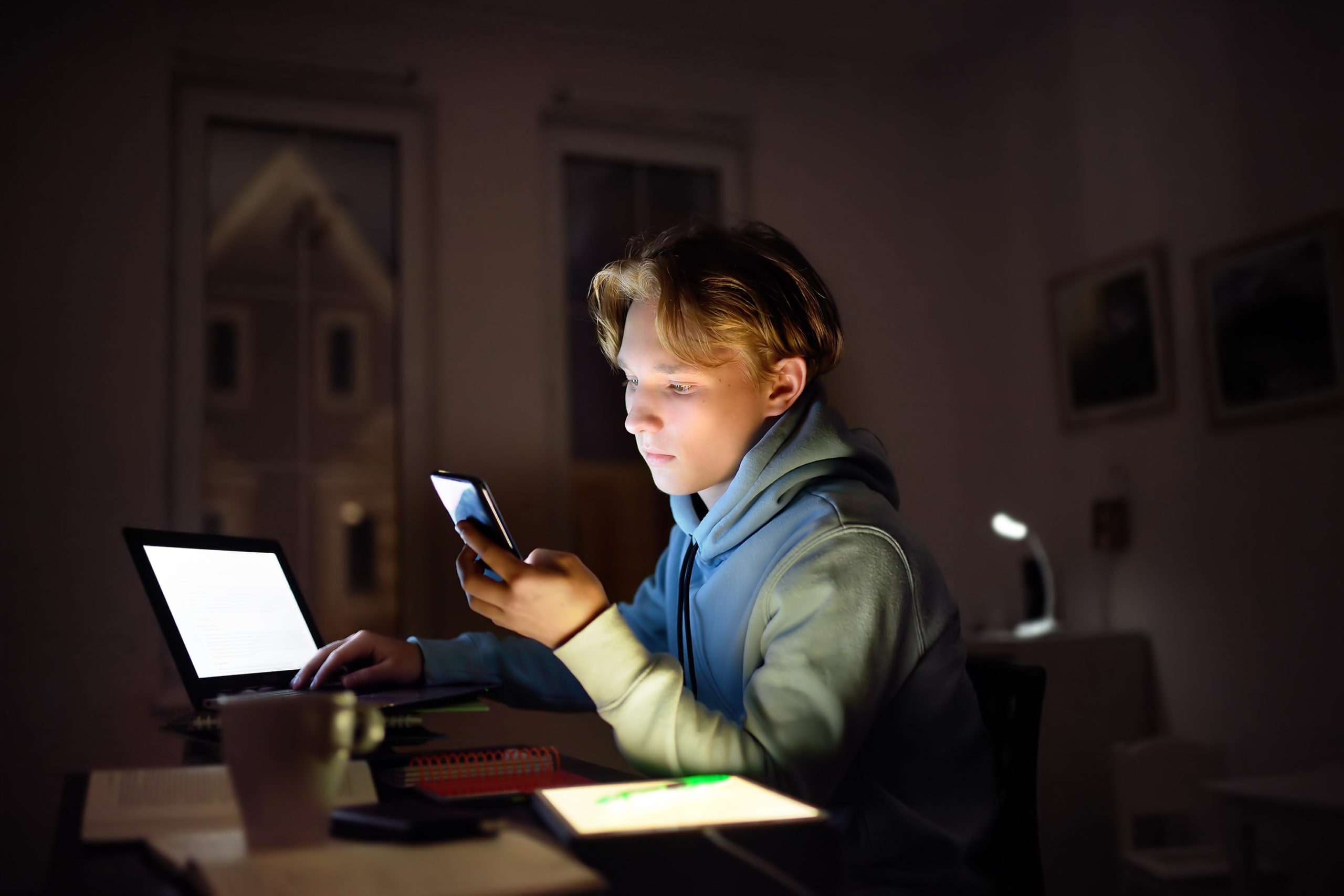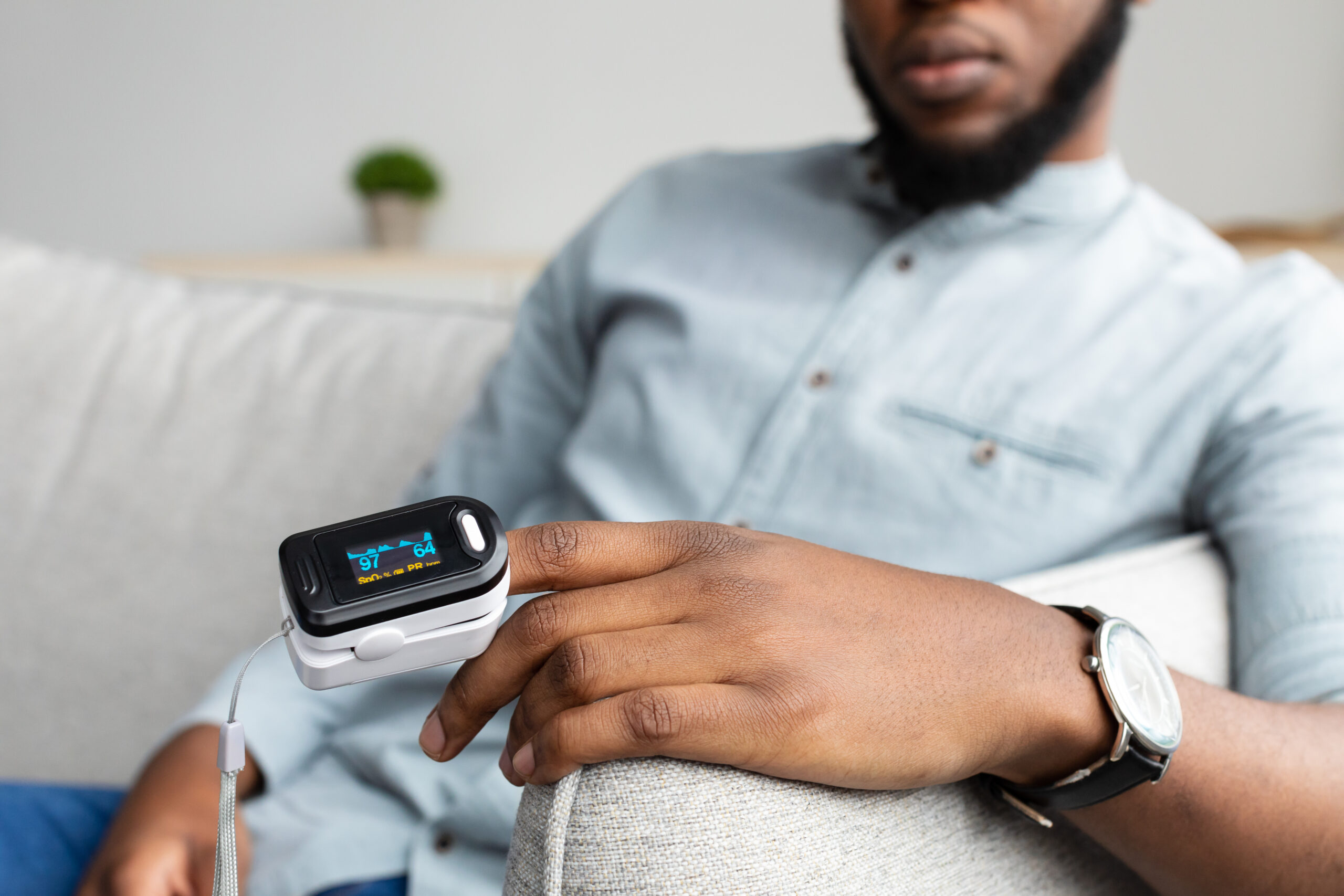By Diane Masiello
Computers, video games, televisions, tablets, phones— from work to entertainment, our lives revolve around screens. According to a 2019 article in Forbes, while at home, Americans spend 12 hours of screen time each day. Add eight hours of work to that, and adults are spending all waking hours on an electronic device.
What about our kids?
In the documentary The Social Dilemma, creators from Apple, Microsoft, Google, Twitter, Facebook, Instagram and Pinterest all publicly state they do not allow their young children any screen time. The people creating the technology we use every day do not allow their kids any access to that technology. Add to that the overwhelming number of studies that show excessive screen time leads kids to increased rates of obesity, depression, anxiety, underdeveloped social skills and behavioral problems, and it becomes imperative for parents to impose significant limits on kids’ screen time.
The American Academy of Pediatrics (AAP) recommends children under the age of two not spend any time on electronic devices because children learn best through personal interaction and unguided play at that age. They suggest children between two and five have their screen time limited to “one hour of high quality programming a day” and assert no child under the age of sixteen should have social media accounts. Experts believe the one-hour screen time limit should extend to children up to the age of sixteen, but acknowledge many schools now require a fair amount of computer use, so this limitation may not be possible.
To eliminate the problem of kids’ school work being factored into screen time limits, experts have started using the term “recreational screen time,” meaning all time people spend on electronic devices for reasons other than work or school. The AAP has created a variety of tools to help families manage recreational screen time in their household. They believe that a child’s age, activities, psychological health, connectedness, extracurricular activities and school environment must be taken into account when calculating approved usage hours. For instance, a child who is suffering from depression and selfisolating in his room playing video games may need far more strict screen time limits than a child with lots of friends who regularly plays outside for hours a day and barely touches his tablet except to do schoolwork.
The AAP has designed a site to help families create a Family Media Plan, where everyone works together to determine screen time limits. The more input children have, the more likely they will be to abide by those limits. Studies show children often underestimate their recreational time in front of screens by at least half. Thus, a child may believe they are spending only an hour on TikTok, when in actuality, they are spending two.
There are many tools parents can use to monitor time spent on screens. Once an accurate portrait of everyone’s actual use is calculated, these same tools can be used to limit their time not just on screens in general but also on specific apps or websites.
Microsoft and Apple have screen time tracking and limiting functions built into their devices and programs. Rogers Ignite, Disney Circle, and Linksys Velop are some of the top external devices which track and limit not only screen time but time spent on individual apps. With these devices, parents can set time limits on apps like Instagram while still allowing kids internet access for schoolwork. Other recommended control devices are OurPact, Moment, Pocket Points, Bark, unGlue, Protect Your Kid, Mobiclip and Net Sanity.
Experts agree that external tools are best when used in conjunction with family-made decisions on screen time limits that apply to the entire household. They recommend families institute technology-free-zones and times. For instance, everyone may agree that no screens should be in use at the dining room table during dinner, and no one should be looking at a screen while driving. The family might also agree on no screen time in the car but instead, talk or listen to music.
Experts also recommend electronic devices be put away within at least 30 minutes of going to bed, though an hour is preferable. They assert no one—even adults—should have their phones or tablets in their bedrooms unless in an emergency situation or oncall for work. They recommend “device curfews”—a time when all devices should be charging in a specified area of the house that is not a bedroom.
The AAP family media plan also suggests families prioritize time for recreational screen-based activities that are engaging rather than isolating. For instance, family movie night, playing a multi-player video game as a family, or engaging in an on-screen chat with distant family members or friends are better choices than everyone sitting in the same room scrolling through social media or binge-watching different videos. As families brainstorm collaborative screen-based activities, they should also come up with plans for non-screen time activities like going outdoors, playing a board game, reading a book, cooking a new recipe, doing a craft or having a dance party.
The key to limiting screen time for kids is threefold: parents must monitor their kids’ electronics usage and evaluate each kid’s need for breaks from electronics; parents must model screen time breaks by engaging in them, too; and families need to work to make these decisions together rather than parents passing down limits without consulting their kids.
Most parents who begin to institute screen time limits are surprised at how receptive their kids can be to the process. Children are hungry for opportunities to explore, engage with and learn from the world around them and will often be more than happy to ditch the screen for outdoor playtime. In their early years, kids’ access to screens is often more about their parents’ addiction than their own desires. If parents keep their own screen time-limited, their kids will most likely follow suit.








Leave A Comment